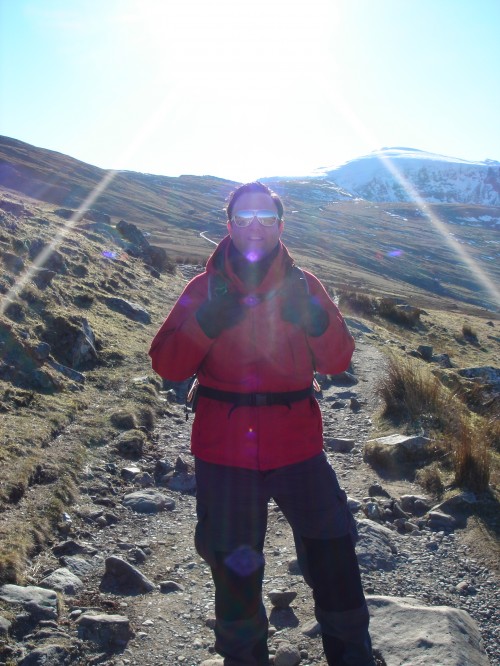Walking Routes and Wales Walks
North Wales
North Wales is a favourite among walkers, and it’s easy to see why with such beautiful Wales walks.
This part of Wales is home to Snowdonia National Park which boasts almost 840 square miles of mountains, lakes and beautifully diverse walking terrain. There’s also Anglesey, Wales’ largest island featuring an area of Outstanding Natural Beauty, and let’s not forget about some of the best coastal walking in the country along the North Wales Coast walking routes.
There’s also an abundance of gentle strolls and more challenging, steeper climbs to be found in the North Wales borderlands.
Snowdonia Mountains and Coast
The Snowdonia National Park contains some of the most dazzling mountain scenery in the uk. With their reputation for rough rocky outcrops, vertiginously sheer cliffs and scooped glacial cwms, the mountains have shaped the livelihood of the people who’ve lived here.
When walking in this area we advise that you take a compass and be prepared for sudden changes in weather. And remember there will be limited mobile phone coverage!
Only a short distance away from this spectacular land of mountains you can discover breathtaking coastline. The Llyn Coastal Footpath provides you golden opportunity to experience the coastal landscape by following this winding route. There are small coves and wide expanses of sand, rugged cliffs and small harbours waiting to be discovered.
Llyn Peninsula
Morning on the Llyn Peninsula is spectacular. Almost anywhere you stay, the sea is there when you open the curtains.
The pointy mountains are an extinct range of volcanoes and you’re never far from them. Families with children come here because you can pretty much count on being able to go walking from your front door. You don’t have to travel far, and if you did want to travel, to Portmeirion, say, or to Caernarfon for the shops and castle, Llyn’s a small place and the journeys are short. You can feel cut off without actually being cut off.
Llyn’s popular beaches offer some of the best surfing in the whole of Wales. And there are also big, quiet stretches of sand like Porth Oer, known as Whistling Sands because the dry sand squeaks as you walk on it.
Mid Wales
Mid Wales is reserved especially for you. No crowds, no hassle, no pressure.
You have the choice between a scenic coastline with award winning beaches or entering the gentle heartland where the scenery is spectacular. Wherever you decide, the roads will be quiet and the vibrant towns will welcome you with open arms.
South Wales
Go West or Go East?
South West Wales is made up of the beautiful moors, rolling hills, beaches and cliff tops of Swansea Bay, Carmarthenshire and Pembrokeshire – home to the UK’s only coastal national park and Wales’ longest national trail.
Travelling East across South Wales you will find trails through deep valleys, Welsh waterfalls and hilltops, along canals and rivers and the first coastline in Wales to be awarded Heritage Coast protection.


